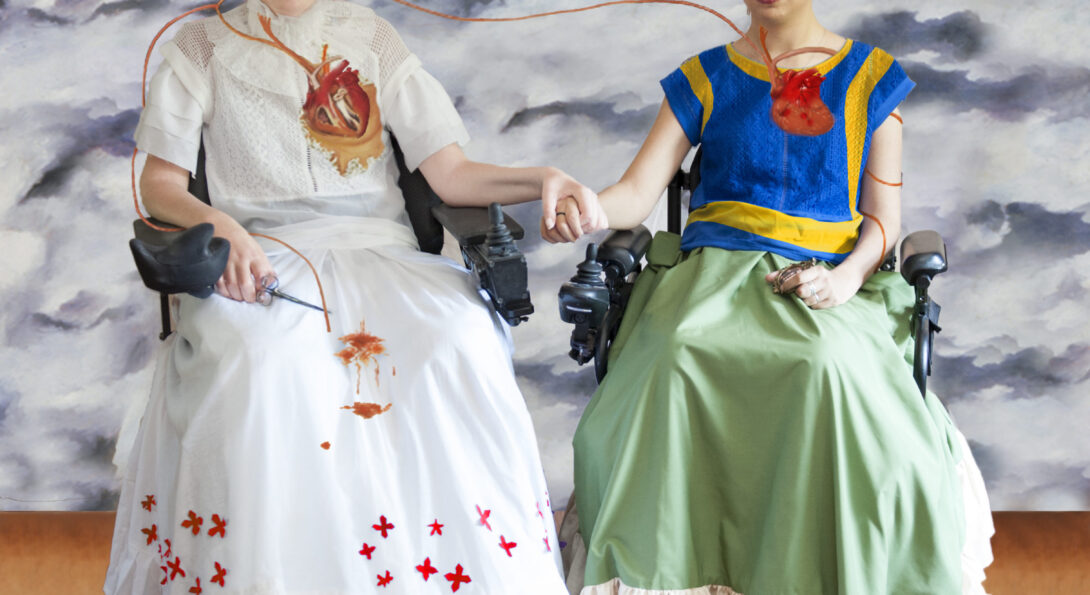A residency unlike any other

The phrase “artist residency” may conjure images of an Italian villa retreat for painters or cabins in rural Vermont for musicians. Artist residencies are often held in remote locations so participants have plenty of quiet time to advance their craft. But for artists with disabilities, the possibility of securing one of these residencies isn’t always feasible. There can be accessibility issues—will there be an ASL interpreter? Will a wheelchair fit into the small bathroom? Does funding include a personal care attendant?—but the challenges go beyond access.
“While most artists need time away and isolation to give themselves space to work, the problem is that artists with disabilities are already isolated,” says DHD associate professor Carrie Sandahl.
The 3Arts Residency at UIC seeks to change that. This residency was inspired by a three-year research study on barriers and facilitators to arts careers conducted by Sandahl and Carol J. Gill, DHD professor emeritus, and is a collaboration with local nonprofit organization 3Arts. Led by executive director Esther Grimm, 3Arts supports Chicago artists with disabilities, women artists and artists of color.
Since 2014, funding from 3Arts and the National Endowment for the Arts has supported one to two artists with disabilities each academic year at AHS. The gifts support all costs of the residency, while UIC provides the artists with professional development, mentoring and resources.